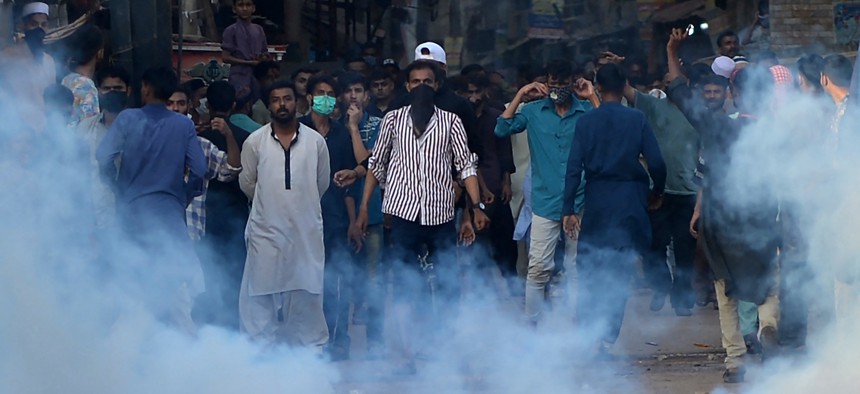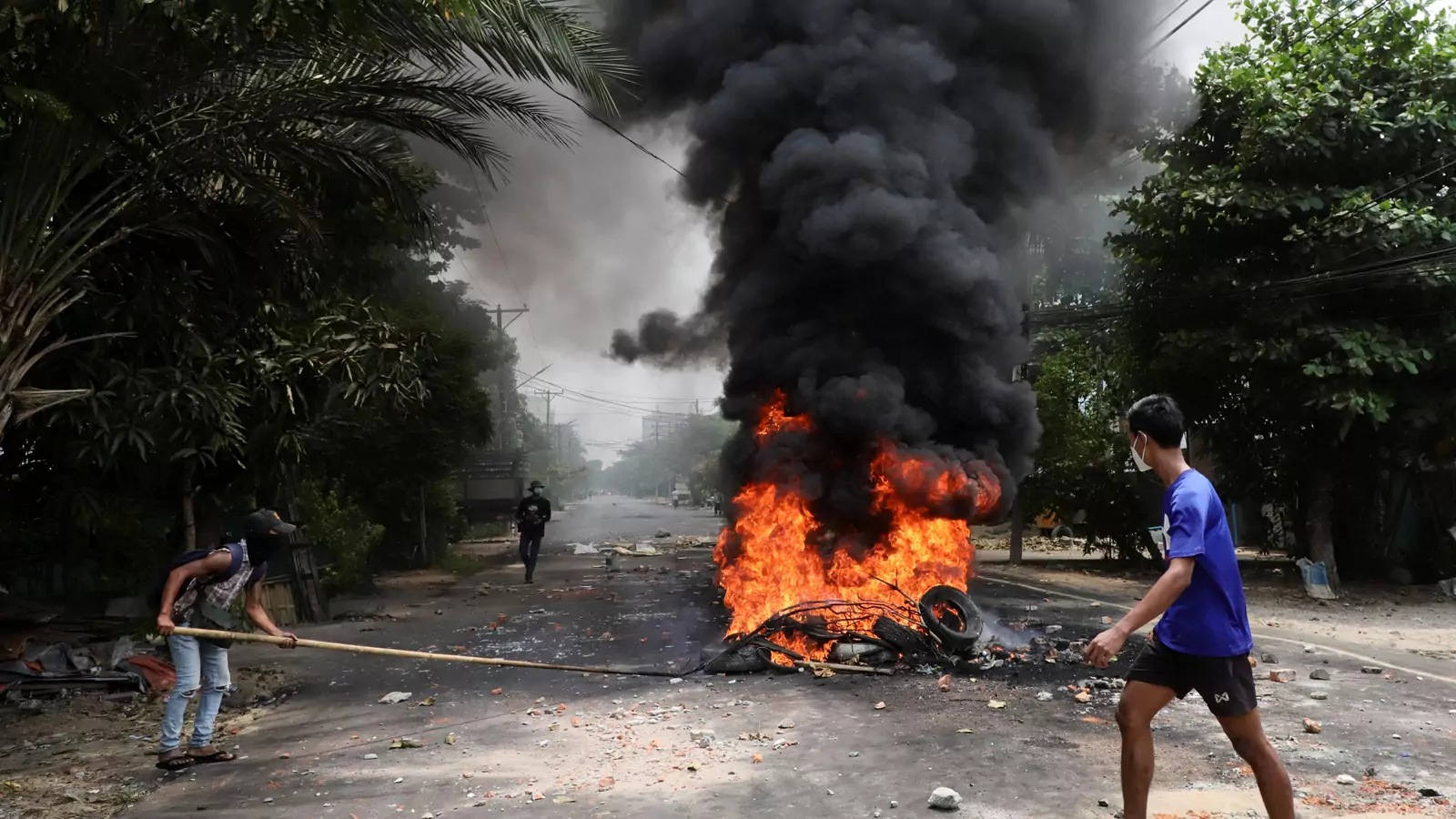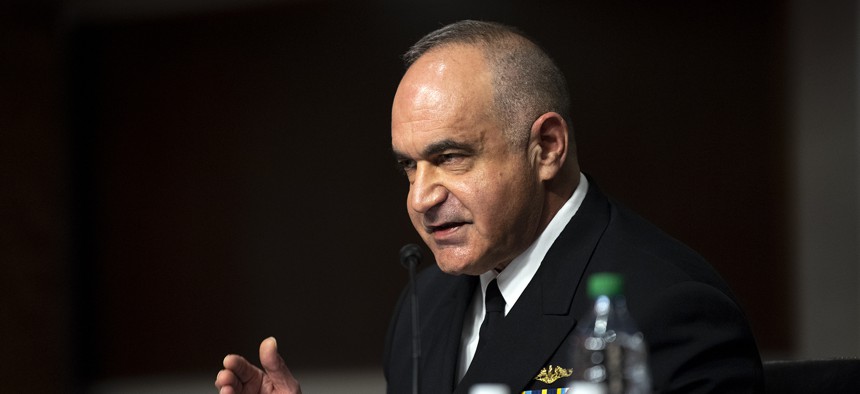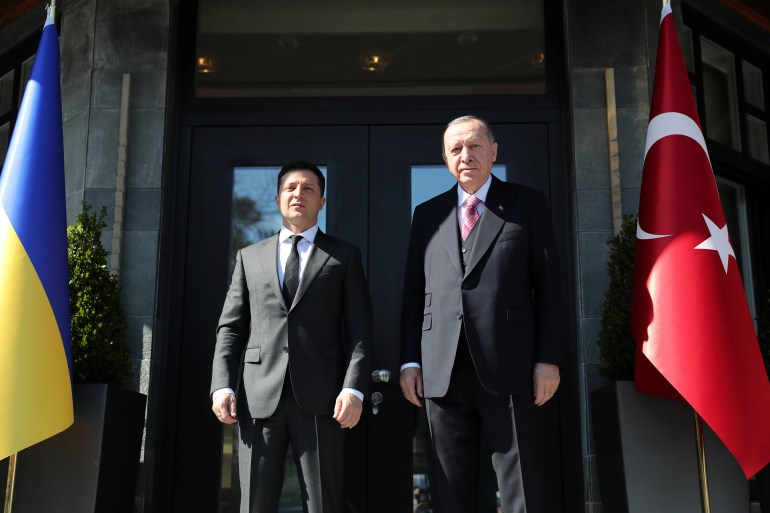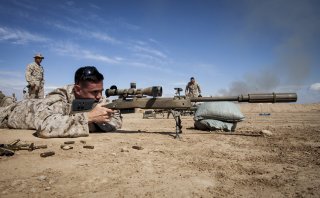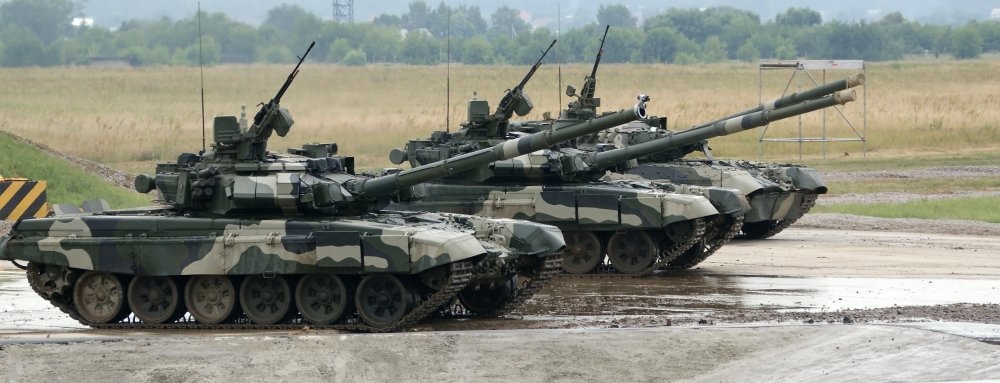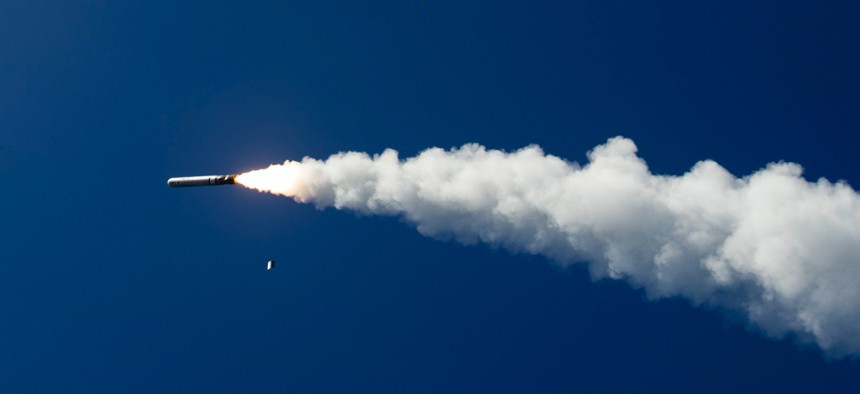BY JULIA MARNIN
The Taliban said "it's too early" to determine whether insurgents would attack withdrawing U.S. forces, which are scheduled to fully depart Afghanistan before September 11 following a decision by President Joe Biden, according to the Associated Press.
The Taliban signed a deal with former President Donald Trump in 2020 that set a U.S. troops withdrawal date from Afghanistan of May 1, 2021, but the military pullout date was extended by Biden.
"It's too early for these issues, nothing can be said about the future," Taliban spokesman Mohammad Naeem told AP when asked about the possibility of violence from insurgents.
Pentagon Press Secretary John F. Kirby emphasized during a press conference last Friday that the withdrawal of troops will begin May 1 and be completed by September 11, saying, "We've seen their threats, and it would be imprudent for us not to take those threats seriously. It would also be imprudent for the Taliban to not take seriously what [President Joe Biden and Secretary of Defense Lloyd J. Austin III] both made clear: Any attack on our drawdown, on our forces or our allies and partners...will be met very forcefully."
